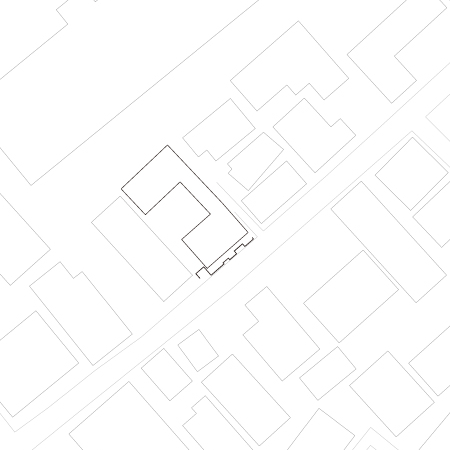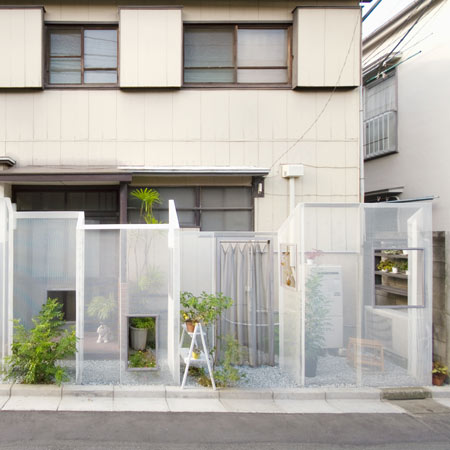
Ghost-like Architecture by Shingo Masuda and Katsuhisa Otsubo Architects
Japanese architects Shingo Masuda and Katsuhisa Otsubo have installed mesh screens at the boundary of a property in Tokyo.
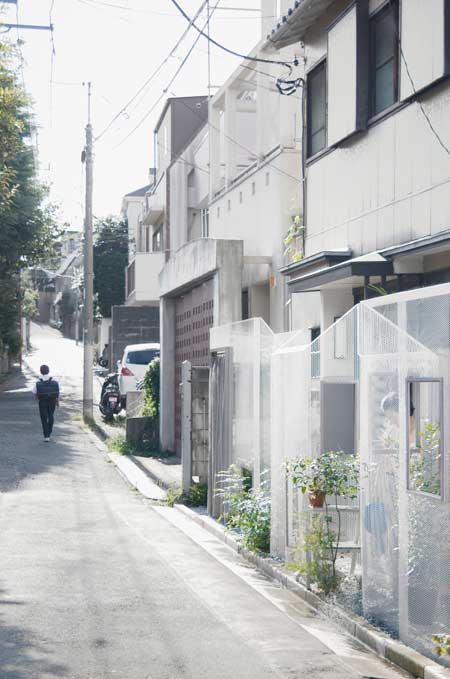
Called Ghost-like Architecture, the screens are made of expanded metal and act as louvres.
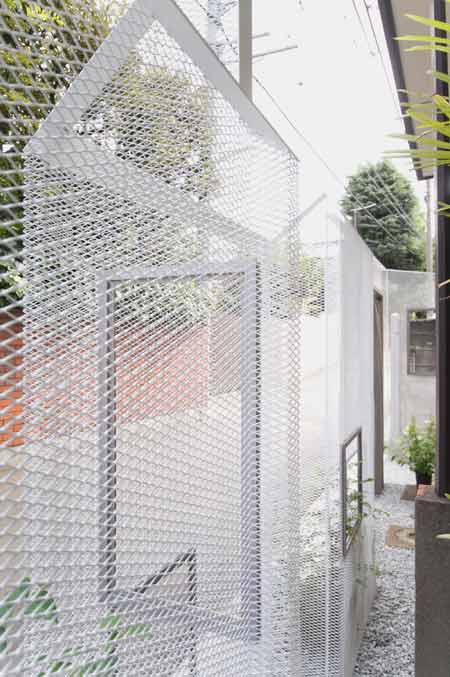
The property boundary therefore appears to be surrounded by an opaque wall when viewed from one angle, but a translucent mesh from another.
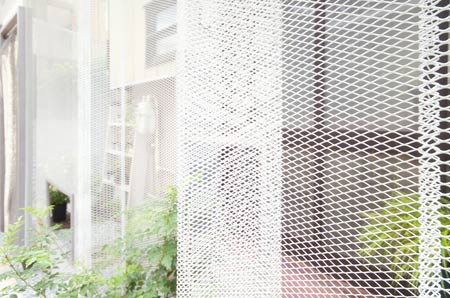
Each panel contains an aperture through which the resident's plants are showcased.
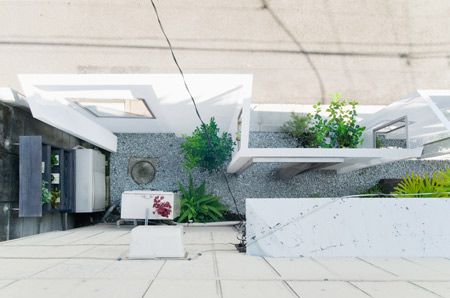
Here's some more information from the architects:
--
Ghost-like Architecture - threshold of "house""street""garden"and"neighbor
Boundary in Highly-dense Residential Area
The site is in a highly dense residential area in Shinjuku, Tokyo. The street facing the site is confined, with a narrow road-width of only 3200 millimeters; however half belonged to the client's driveway according to the ward registration.
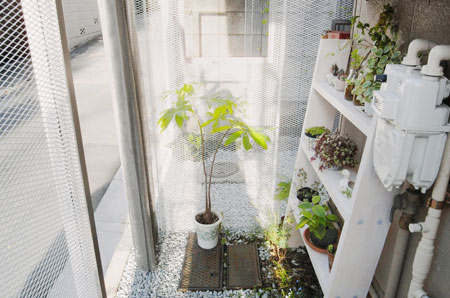
The client's house beside the fence is an old private residence built 40 years ago, a few decades after the end of the war.
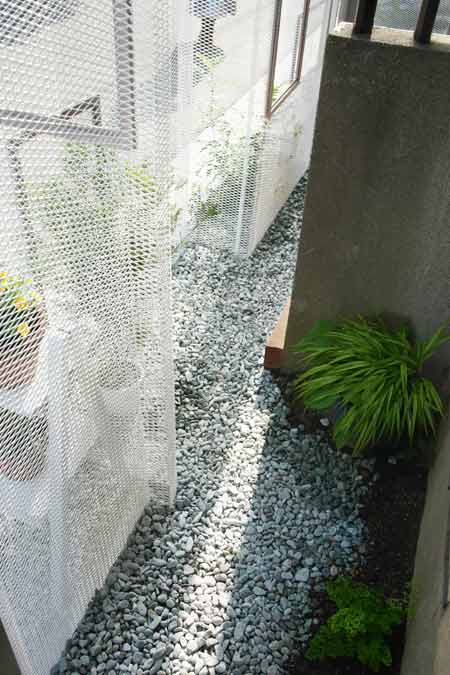
The fence is positioned facing north, and the residence's bathrooms also face north; therefore the 1300 millimeter gap between the concrete block wall and the residence had been a dead space intolerable for usage because of its dampness and shadow. The entrance of the residence was often left open on hot days for better ventilation. The massive concrete block fence had been giving pressure to the house and to the surrounding area.
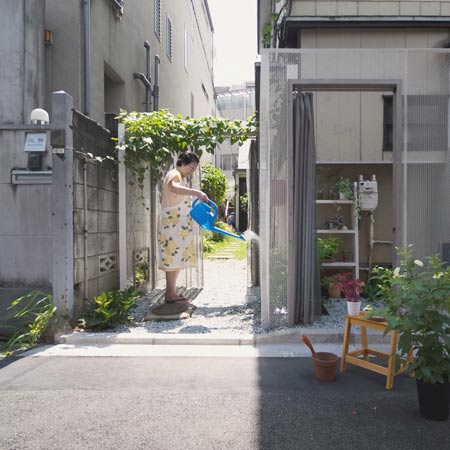
The client's request was to renovate the entire decrepit fence and gate facing the street. The space was also requested to be able to use as a small, well-ventilated garden since the client loves gardening.
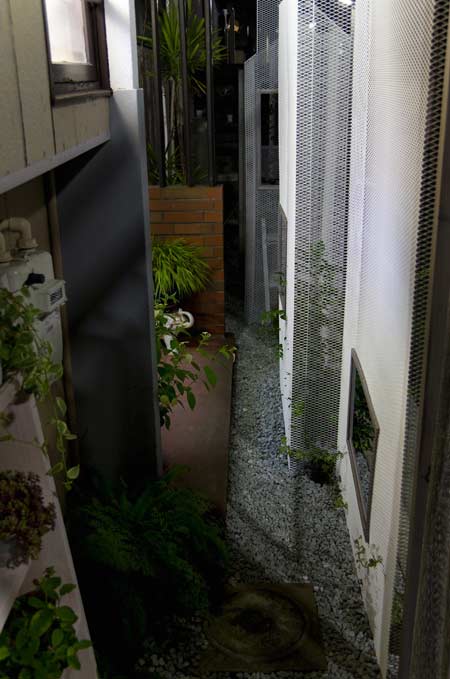
The focus of this project was to reconsider the various boundaries in a highly dense city, Tokyo. Without Restricting Sites. The site is a boundary of house, street, garden, and neighbor.
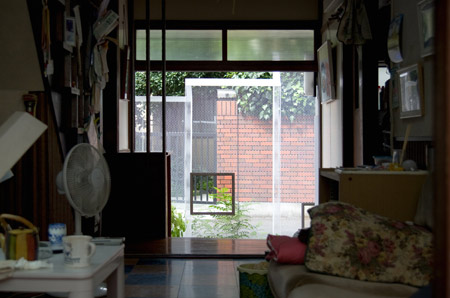
We judged that it would be effective to design a boundary that could constantly renew and rewrite the interpretation in our consciousness each time they involve the site, of a garden being a house, a house being a neighbor, a garden being a street and so on - without restricting sites.
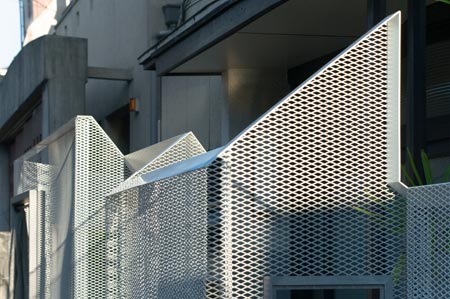
We tried to create an inconsistence between physical and visual experience of boundary to individuals, according to the state, by constructing an ambivalent ghost-like architecture that emerge and dissolve simultaneously. The boundary, which creates the interpretation of the scene or the crossing of awareness, becomes the new borderline that circulates inside the consciousness, which will not belong to any or all domains.
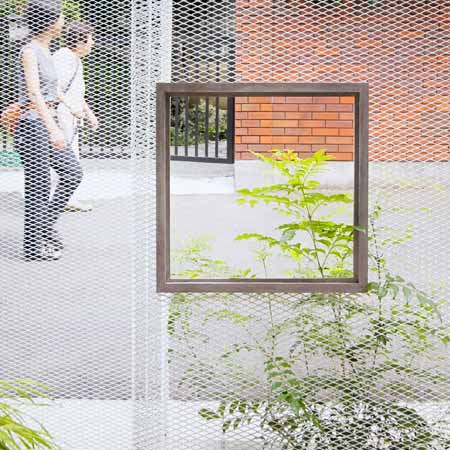
The expanded metal used for the wall surface is made by stretching out a small piece of material to create a large material, and has weakness or more like lack of existence unlike materials such as perforated metal hollowed out from a solid metal surface.
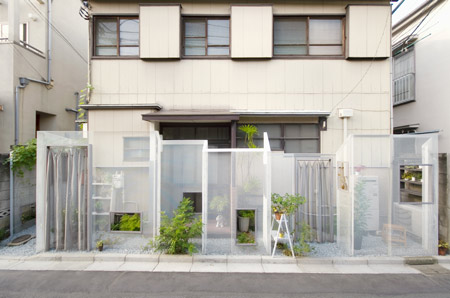
Since the surface may also work as vertical and horizontal axis louver, the back of the wall becomes see-through like a lace curtain from one angle, and a solid wall from another angle.
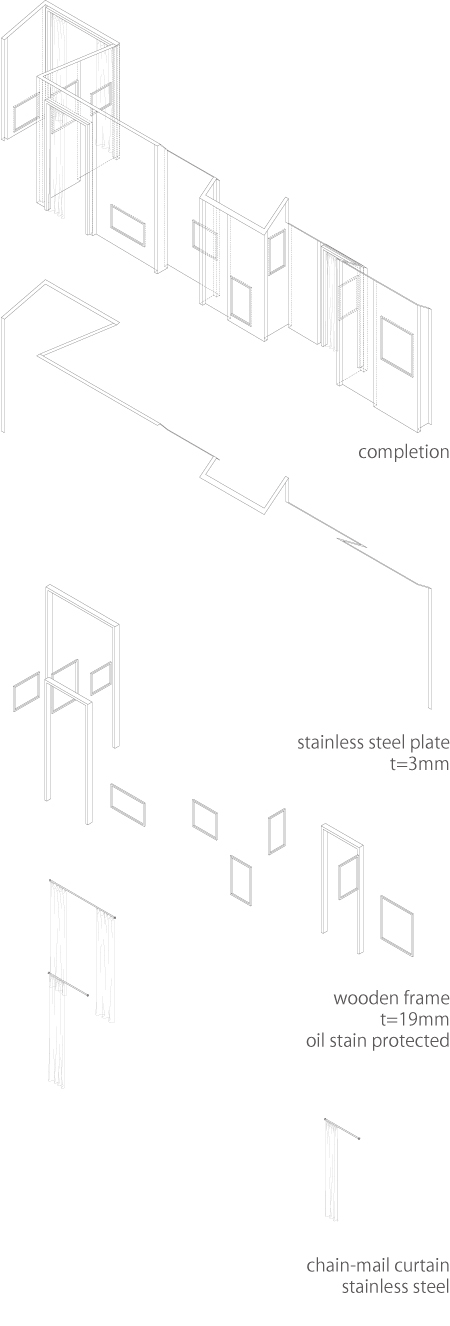
In order to make formation without damaging the impression and quality of the expanded metal which is difficult to stand on its own, we first folded the metal as if to trail along the site, then made pseudo-pillars and intermediary-pillars by closely folding at the corners and surfaces to make a frameless structure of a 10 meter-long span. They connect at the folds with the adjacent aspect by various heights and angles, and they are, as a whole, weakly related and embrace the surroundings. In addition, we made openings that enable the wind to gently flow throughout the span.
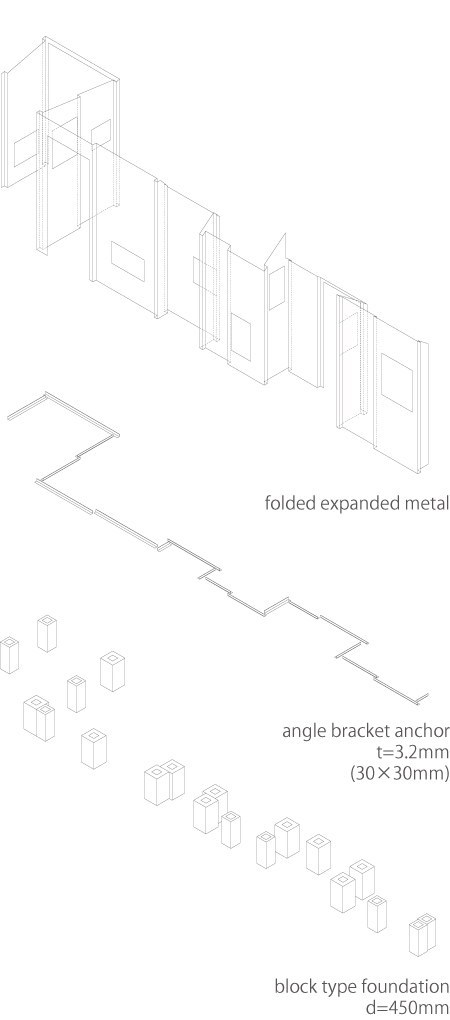
We think there are many influential factors that build-up and structure the image of boundary and architectural environment in our consciousness: pillars, walls, openings, lights, shadows, materials, thicknesses, volumes, distances, lucency, overlaps, flow of air, characters, and so on. They connect at various levels in our brain and senses as a subliminal message or, as a signal or mark to recognize the state of creating the instantaneous boundary.
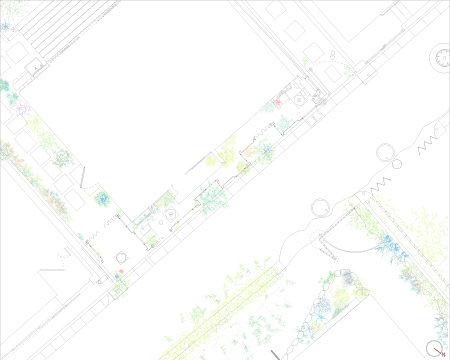
We designed a ghost-like architecture, that trans-exist obverse/reverse and inside/outside which is difficult to grasp the substantiality, with a structure thickness as thin as 1.6 millimeters. The existence of it is constantly changing with the facts and elements that happen on the situation, including you as one.
